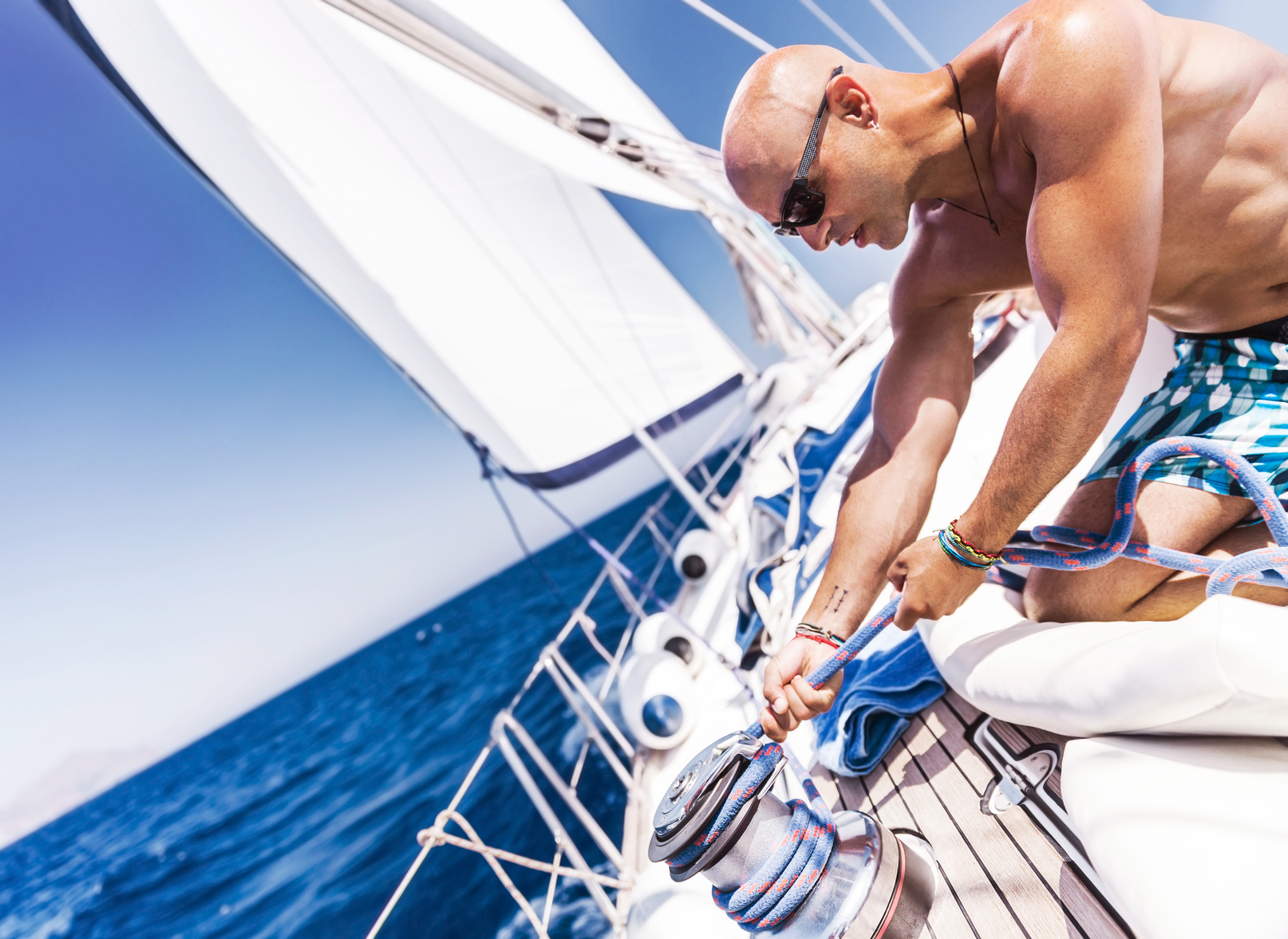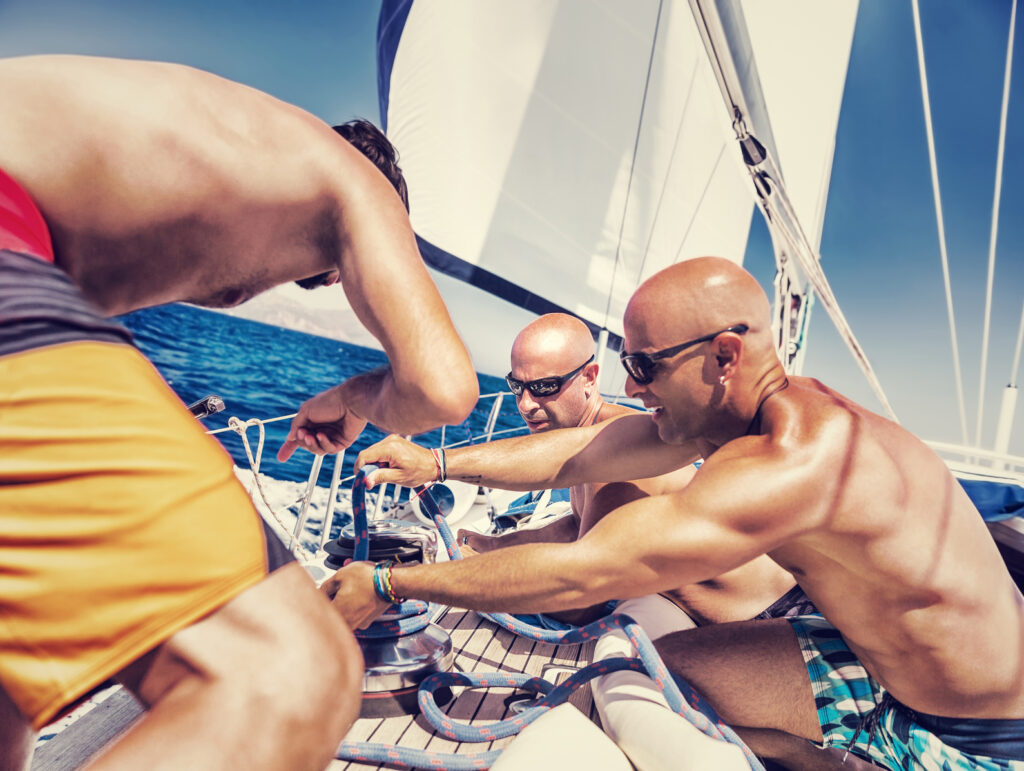As already mentioned, this post is the second and the final one in our mini-series about anchoring. Visit the first post to get acquainted with the complete maneuver. Anchorages usually have some sort of unwritten house rules, which means that specific behavior is required. For example, the vessel that arrived to the anchorage before you has to choose the right spot for anchoring and the yachtsman should be left alone until the maneuver is done. Also, it is very important to be aware of the anchors and anchor chains of your neighbors in order to avoid any crossing over of your chains. The anchor light has to be lit at sunset, while at least one person should be aboard and awake at all times when anchored.
As mentioned before, anchoring is a complex maneuver which requires exercise and experience, so do not lose hope if your first anchoring does not go as you have wanted. Keep calm and repeat the entire maneuver once again. There is absolutely nothing wrong with repeating the procedure several times because the most important fact of anchoring is that the vessel is safely anchored at the end of the maneuver.

As there are several types of seabed, so there are several types of the anchor. It is very difficult to say which design would be the best because every one of them has different features and performances, depending on the type of the seabed. The most common anchors at chartered sailing yachts are bruce, danfort, plough and rocna. Unfortunately, it is impossible to choose an anchor when chartering a yacht, so the best thing is to be confident that charter managers have equipped their vessels with the most appropriate type of the anchor for the sailing area you will visit during your holidays.
Sailing handbooks usually describe anchoring maneuver on the basic level. It might seem too simplistic at first sight, but if you stick to the basic rules, you will not fail in any situation, regardless of the type of the anchor or the seabed. Experience is the most important thing about anchoring, which is why handbooks do not flood you with a lot of advice about anchoring. There are also some unusual and advanced anchoring techniques, well described by sailors who have managed to perform them. The best ideas come to you, not when you think about them, but when you have to improvise to save your life. Some really helpful and innovative new anchor systems have been patented as the result of one lucid moment in the middle of an emergency or panic. Do not hesitate to share your experiences and techniques online. It will be useful for all of us!
I wish you a calm sea, a fine wind and a strong mast!

